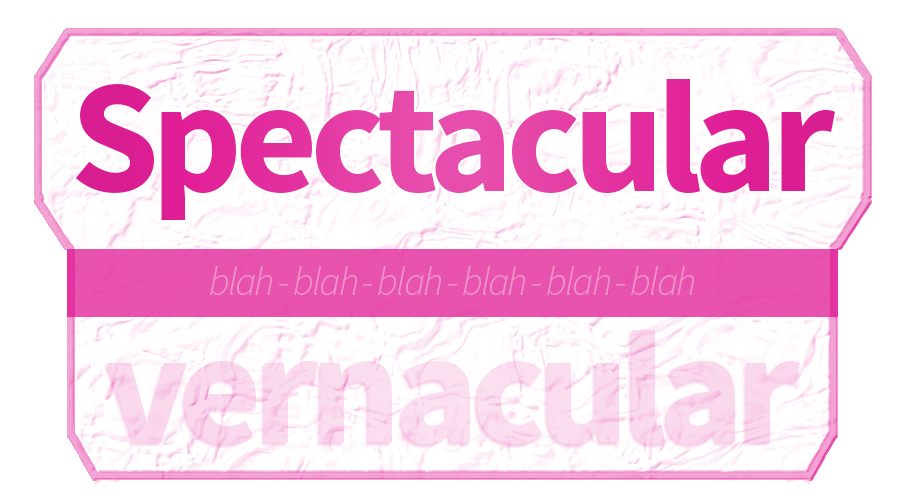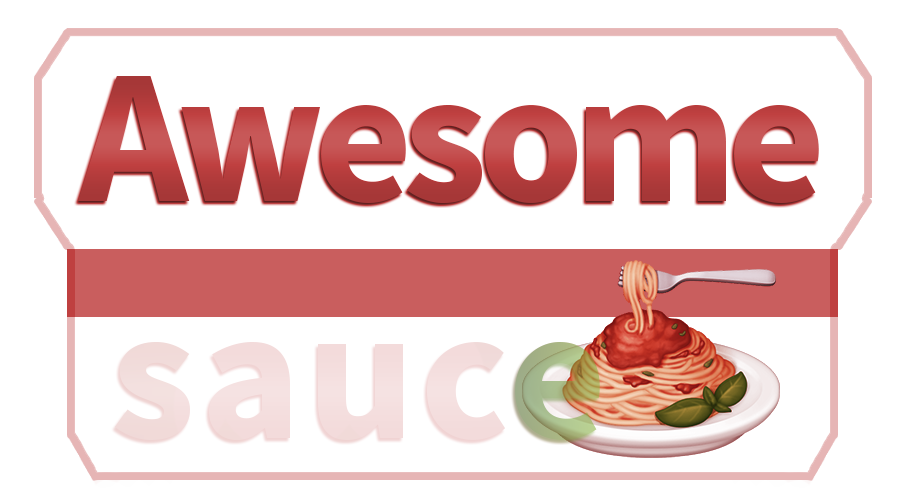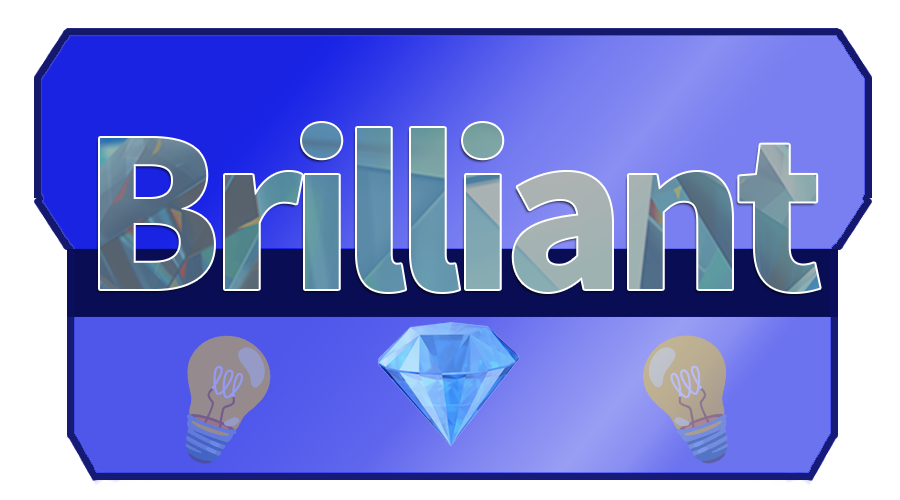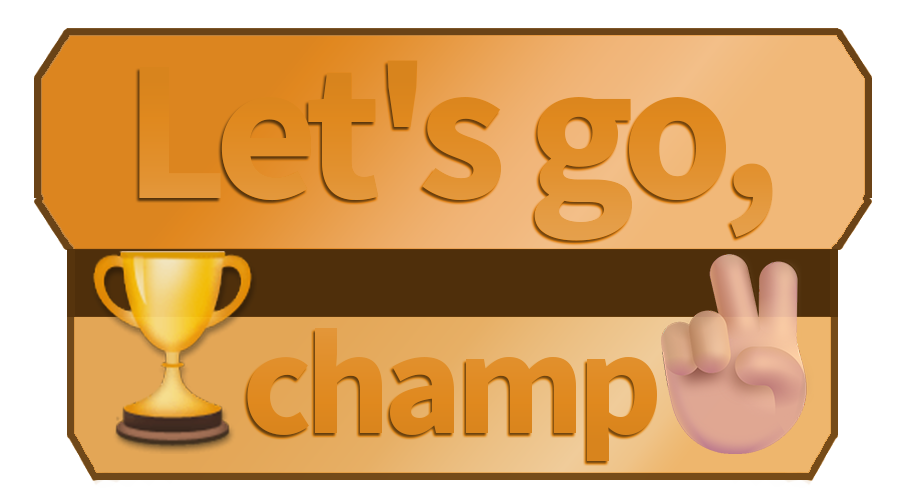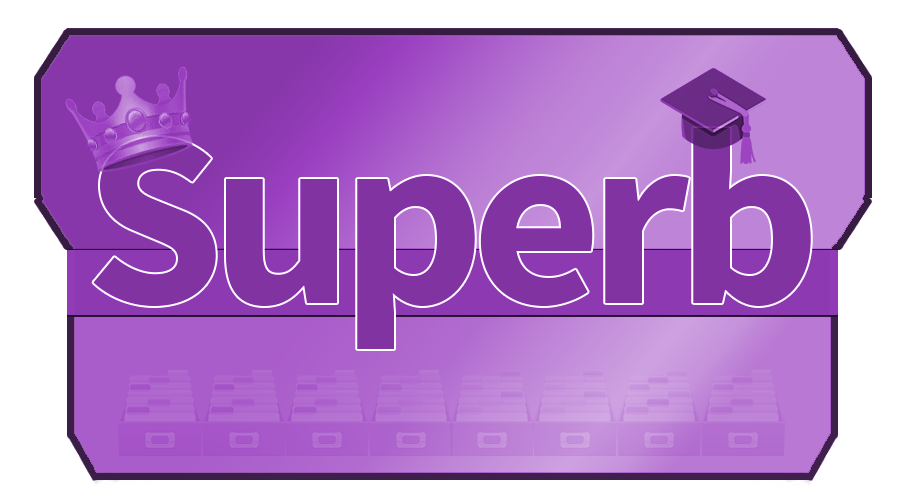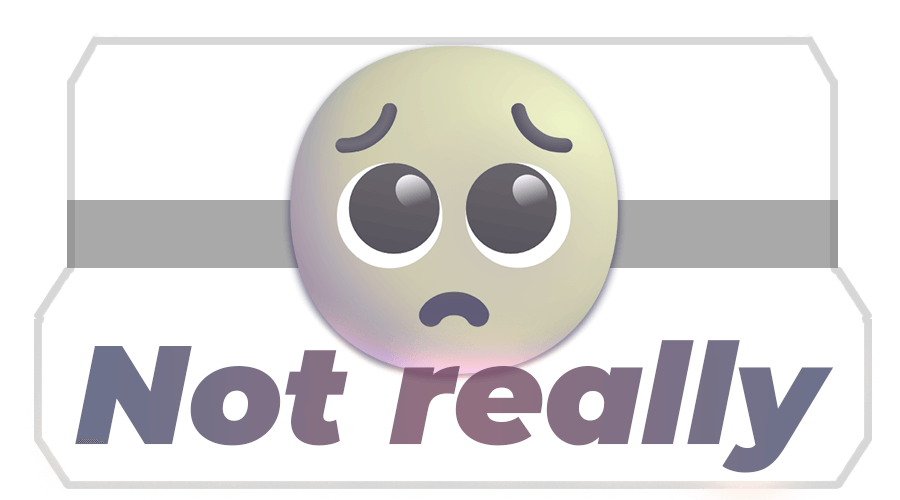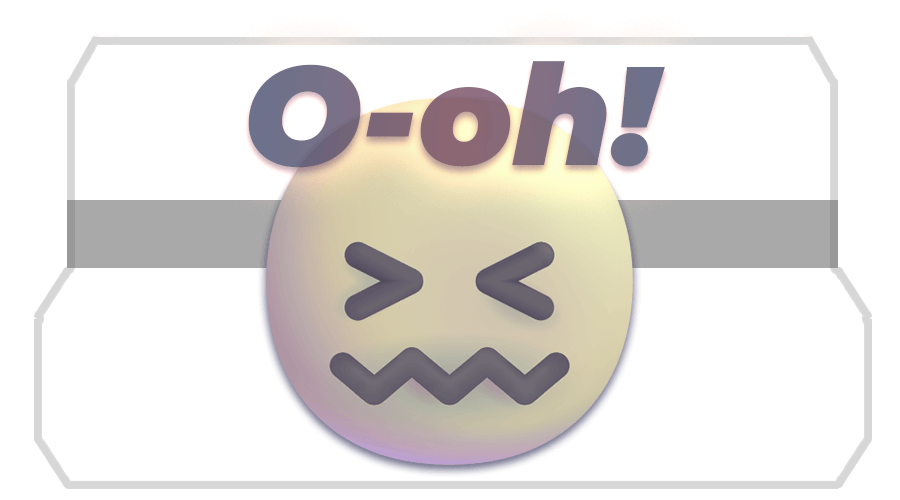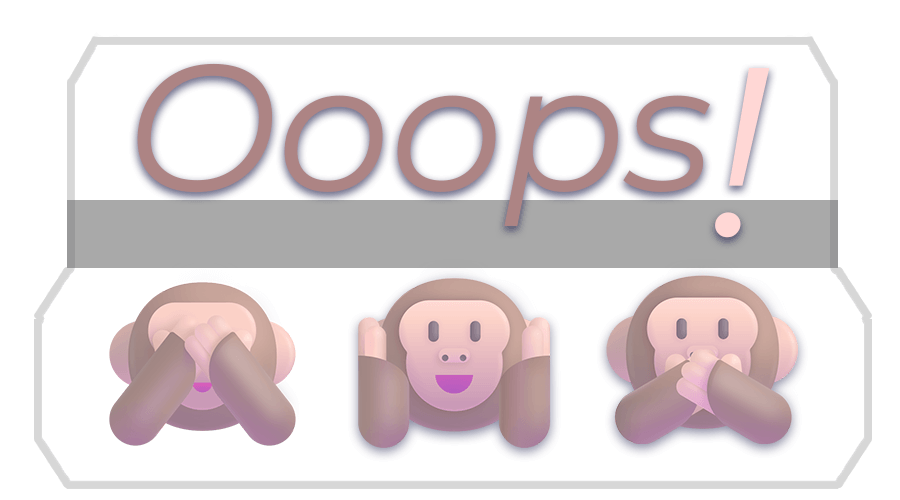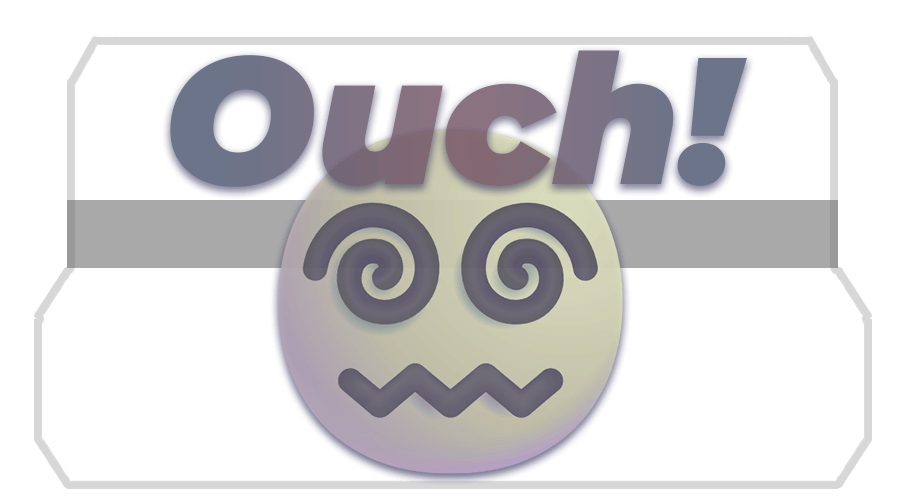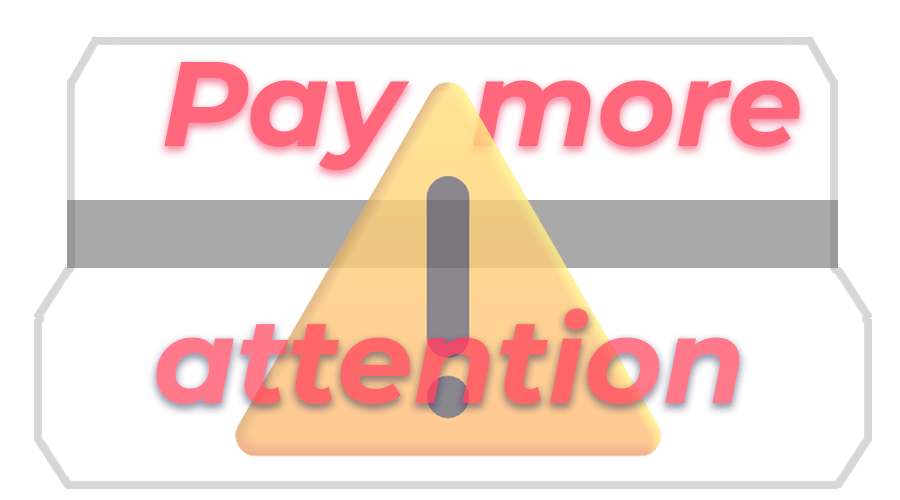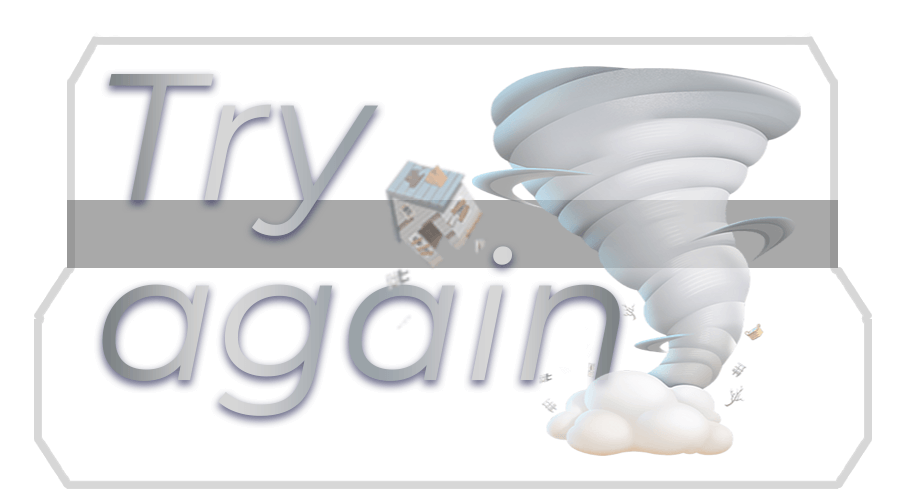AILAGAO 025 Usos do Present Perfect Simple com just, already, yet, not… yet, still… not 351AH
https://i0.wp.com/kids.academiabsb.com.br/wp-content/uploads/2025/02/unit-25-present-perfect-simple-uses-with-just-already-yet-not-yet-still-not.jpg
O presente perfeito simples é um tempo verbal do inglês usado para descrever ações recentes que têm impacto no presente. Ele é formado pelo verbo auxiliar “have” seguido do particípio passado do verbo principal. Esse tempo verbal é comum para expressar experiências de vida, mudanças e eventos passados que ainda são relevantes.
Em português, a ideia do presente perfeito em inglês muitas vezes é traduzida pelo tempo verbal “pretérito perfeito composto” (ex.: “Tenho feito”), mas nem sempre é um equivalente exato. O inglês enfatiza o resultado no presente, enquanto o português pode enfatizar a repetição da ação ao longo do tempo.
No dia a dia, usamos o presente perfeito para relatar eventos recentes: “I’ve just arrived at the airport.” Também é comum em situações de negócios e viagens, como quando perguntamos se alguém já realizou algo: “Have you ever visited Paris?” ou “Has she finished the report yet?”.
| (The Beatles) | (Bill Withers) | |
|---|---|---|
| “I have just seen a face, I can’t forget the time or place where we just met.” | “Ain’t no sunshine when she’s gone, and she’s always gone too long.” | |
.
Regra Geral:
Para descrever ações recentes com impacto no presente
- Look what I’ve bought! – This T-shirt.
- We’ve moved to a new house.
- You’ve put on too much make-up.
- She has lost her phone.
Com “just” para indicar que algo aconteceu recentemente:
- They’ve just got married.
- We’ve just started eating.
- I’ve just come back.
- He has just finished his exam.
Com “already” para indicar que algo já foi concluído:
- I’ve already finished my homework.
- We have already bought his birthday present.
- She has already visited New York.
- They have already seen that movie.
Com “already” e “yet” para perguntas:
- Have you already had lunch?
- Have you read today’s newspaper yet?
- Has she already arrived?
- Have they yet decided on the project?
Com “not… yet” e “still… not” para indicar que uma ação ainda não ocorreu:
- I haven’t read this book yet. / I still haven’t read this book.
- She hasn’t packed her suitcase yet. / She still hasn’t packed her suitcase.
- They haven’t finished dinner yet. / They still haven’t finished dinner.
- He hasn’t called me yet. / He still hasn’t called me.



